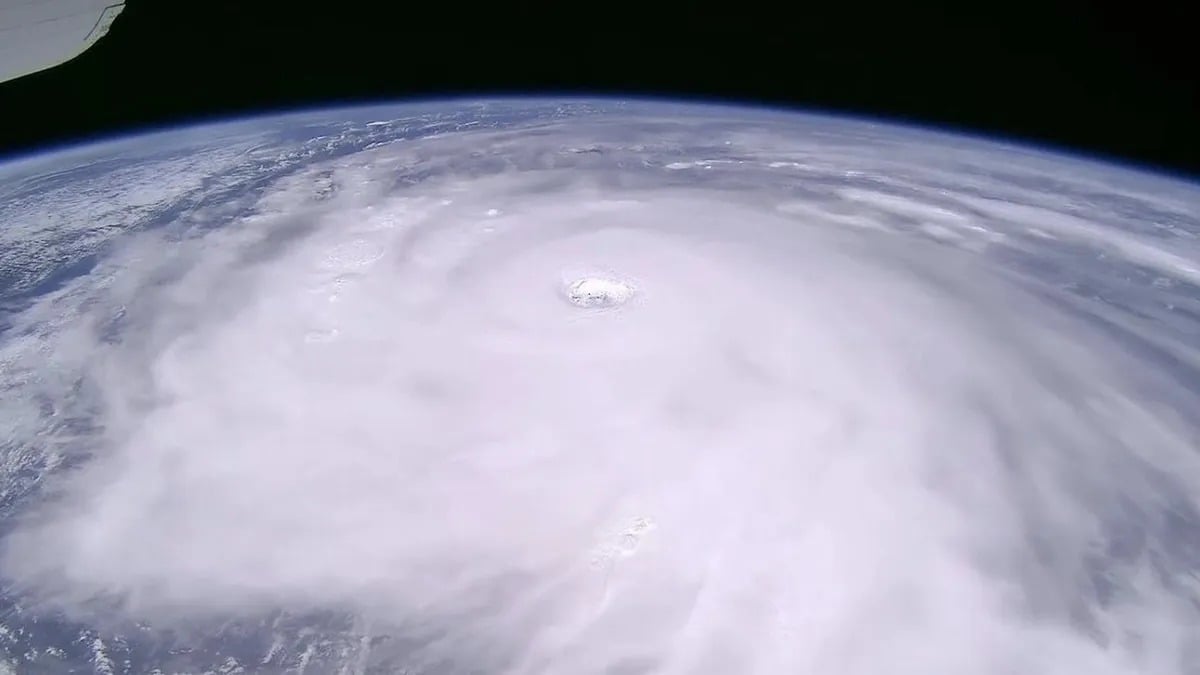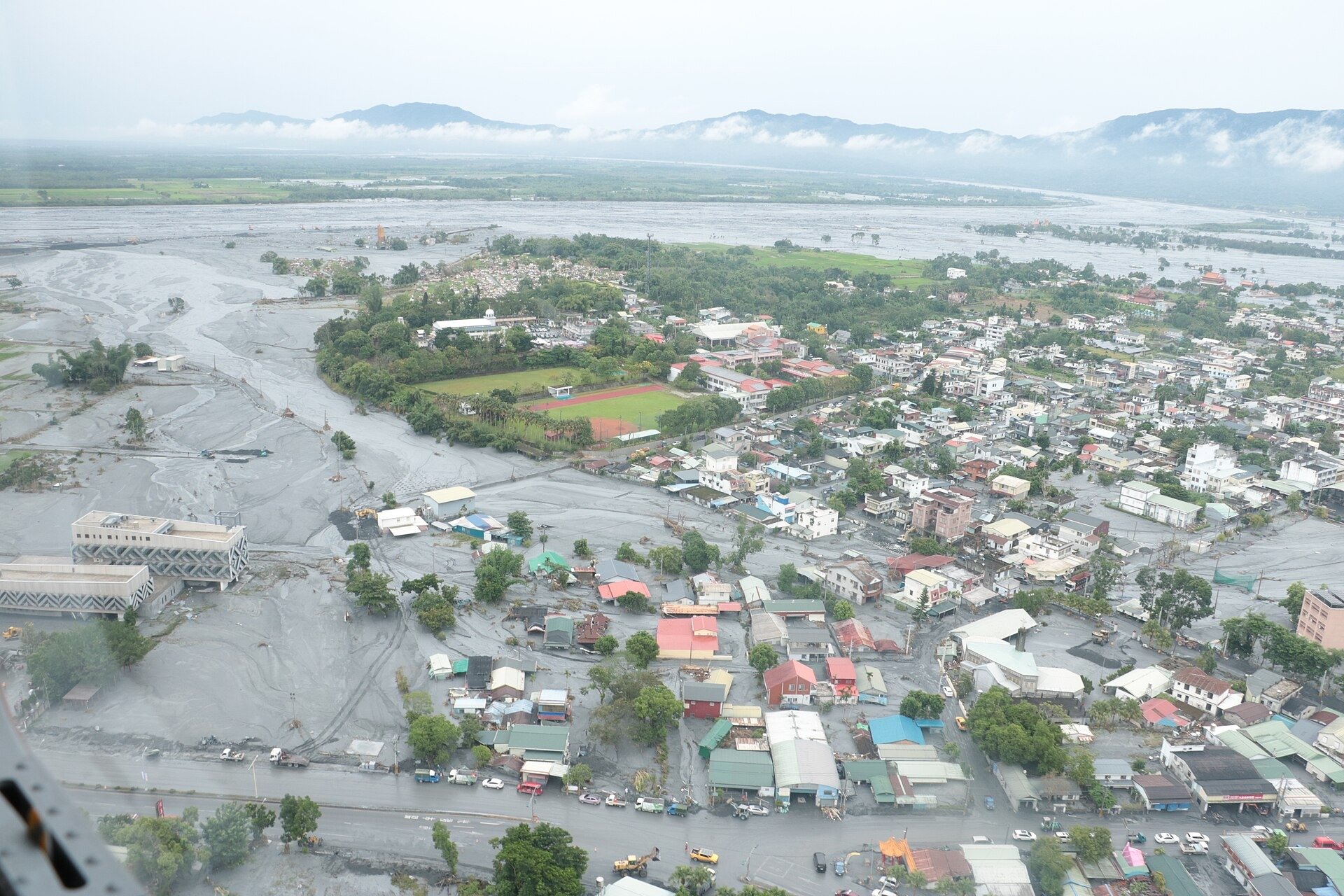
Super Typhoon Ragasa swept across parts of Asia this past week, leaving behind widespread flooding and destruction. Ragasa began as a small weather system on September 17, 2025, and quickly grew into the year’s largest typhoon. By September 21, it had reached Category 5 strength, with top winds of 177 miles per hour (285 km/h).
The storm first hit the Babuyan and Batanes Islands in the northern Philippines on September 22. Thousands of people had to evacuate, and at least ten lives were lost. Ragasa also caused power outages, blocked roads, and closed schools and businesses.
The typhoon then moved toward eastern Taiwan, bringing heavy rains to Guangfu Township. During the storm, a natural lake, formed by earlier landslides suddenly burst, sending floodwaters through a village in the township. The flooding killed 18 people. As of September 29, seven are still missing.

Ragasa next hit Hong Kong on September 24. Huge waves from the storm flooded streets, stopped public transportation, and closed schools and businesses. The storm also forced the busy international airport to close for 36 hours. This marked the longest shutdown in its history.
The typhoon then made landfall in Guangdong Province, China. It brought winds up to 150 mph (241 km/h), causing extensive flooding and significant damage to infrastructure. Over 2 million people were evacuated as a precaution. After unleashing its force, Ragasa weakened to a tropical storm. It eventually broke apart over Vietnam on September 25.
Cleanup and recovery
Cleanup and recovery are now underway in all the affected areas. In the northern Philippines, officials are reopening blocked roads and helping families return home. In Taiwan, rescue teams continue searching for missing people, while residents clear thick mud from homes and shops. Meanwhile, in Hong Kong, more than 1,000 fallen trees have been removed, major roads reopened, and all airport runways are back in service. In China, workers are clearing debris, fixing power lines, and repairing damaged buildings. For people in all these regions, it was a week they will never forget.
What are typhoons?
Typhoons, hurricanes, and cyclones are the same type of storm. But they are called by different names depending on their location. These storms form when warm, moist air rises from the sea, creating a low-pressure area. The center of a typhoon is called the eye. Inside the eye, the winds are calm, but around it, they blow fiercely, and heavy rain falls in a circle. Typhoons can grow hundreds of miles across. The strongest ones, like Ragasa, can strike multiple countries and cause major damage.
Resources: CNN.com, NPR.com, Wikipedia.org.